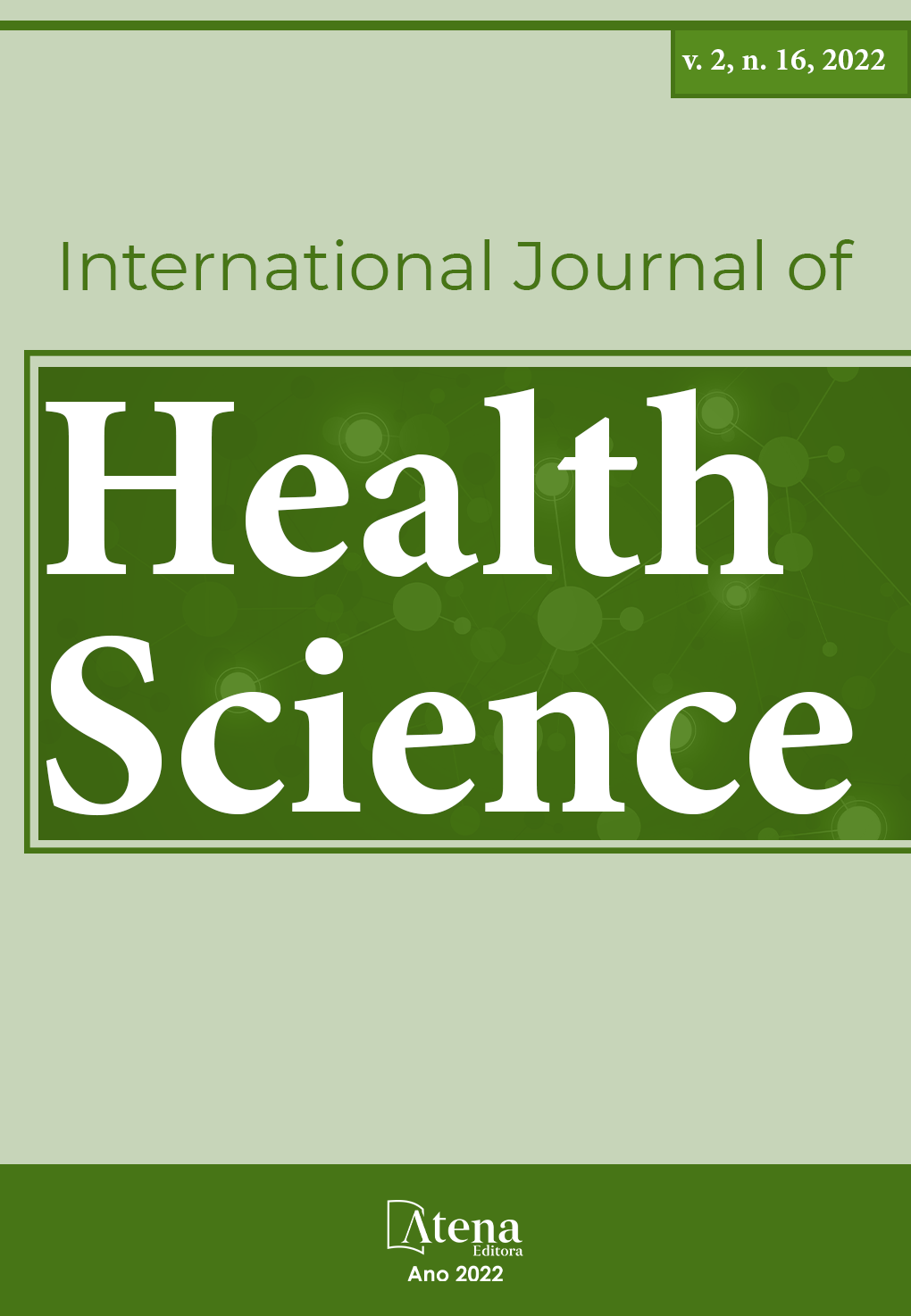
ASSESSMENT OF POSTPARTUM DEPRESSION IN A BRAZILIAN MATERNITY: A PROSPECTIVE COHORT STUDY
Introduction: Depression is the most prevalent mood disorder in the general population. Among puerperal women, postpartum depression (PPD) stands out. It is estimated that the prevalence of PPD is 10 to 20% in the first six months after delivery and the diagnosis occurs more frequently in the period between the third and fourth week of the puerperium. One of the most widely used screening methods is the Edinburgh Postnatal Depression Scale, which makes it possible to identify and treat patients. Objective: To determine the prevalence and severity of Postpartum Depression in a cohort of postpartum women whose delivery took place between May and August 2021. To assess the sociodemographic data linked to diagnosed PPD cases. Methodology: Exploratory and descriptive research with a quantitative design. Conducted from the application of the Edinburgh scale in a cohort of puerperal women whose delivery took place at the Santa Casa de Misericórdia de Assis hospital and maternity. Results: The scale was applied to a sample of 70 postpartum women, of which 28 had a result suggestive of PPD (40%) when their score was greater than 10 on the applied scale. Among the variables studied, we could see a predominance of the 18-24 age group, greater parity among those at risk of developing PPD (scale greater than 10), in addition to identifying pregnancy planning and previous diagnosis of depression as vulnerability factors for the development of disorder. Conclusion: this study proves the need to include screening for the disease in public health policies, given its high prevalence among women.
ASSESSMENT OF POSTPARTUM DEPRESSION IN A BRAZILIAN MATERNITY: A PROSPECTIVE COHORT STUDY
-
DOI: 10.22533/at.ed.1592162216034
-
Palavras-chave: Postpartum period; Baby blues; Psychiatric Grading Scales.
-
Keywords: Postpartum period; Baby blues; Psychiatric Grading Scales.
-
Abstract:
Introduction: Depression is the most prevalent mood disorder in the general population. Among puerperal women, postpartum depression (PPD) stands out. It is estimated that the prevalence of PPD is 10 to 20% in the first six months after delivery and the diagnosis occurs more frequently in the period between the third and fourth week of the puerperium. One of the most widely used screening methods is the Edinburgh Postnatal Depression Scale, which makes it possible to identify and treat patients. Objective: To determine the prevalence and severity of Postpartum Depression in a cohort of postpartum women whose delivery took place between May and August 2021. To assess the sociodemographic data linked to diagnosed PPD cases. Methodology: Exploratory and descriptive research with a quantitative design. Conducted from the application of the Edinburgh scale in a cohort of puerperal women whose delivery took place at the Santa Casa de Misericórdia de Assis hospital and maternity. Results: The scale was applied to a sample of 70 postpartum women, of which 28 had a result suggestive of PPD (40%) when their score was greater than 10 on the applied scale. Among the variables studied, we could see a predominance of the 18-24 age group, greater parity among those at risk of developing PPD (scale greater than 10), in addition to identifying pregnancy planning and previous diagnosis of depression as vulnerability factors for the development of disorder. Conclusion: this study proves the need to include screening for the disease in public health policies, given its high prevalence among women.
-
Número de páginas: 13
- BARBOSA, Danielle Cristina Ferrarezi
- BULHÕES Luísa Daher
- SARTORÃO FILHO, Carlos Izaias
- PANES, Vanessa Clivelaro Bertassi
- Julianna Franzoni Arruda


